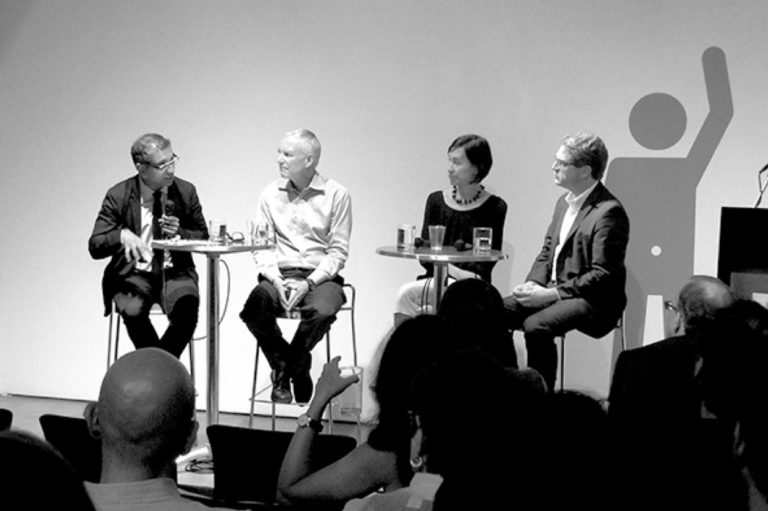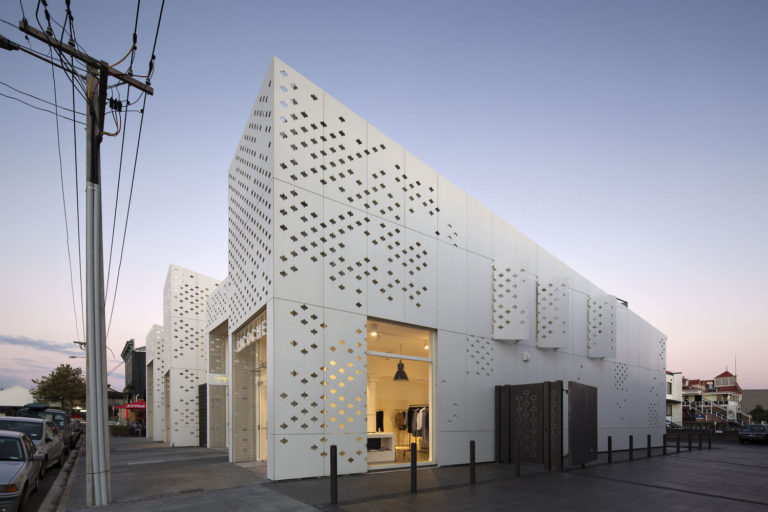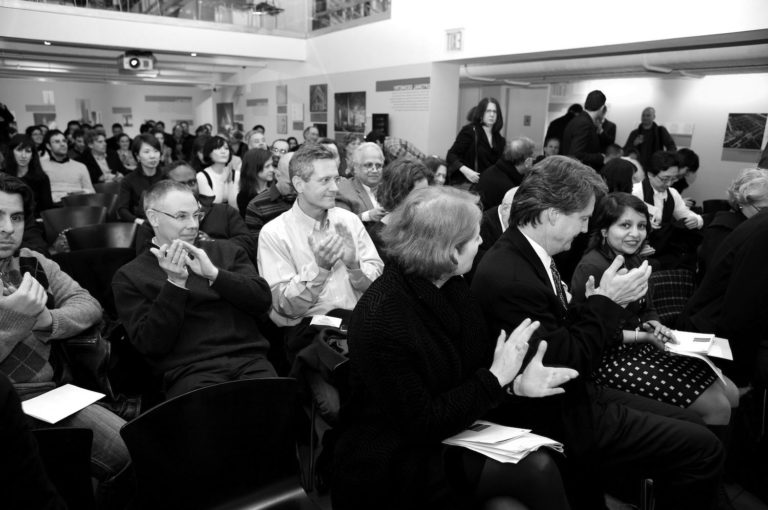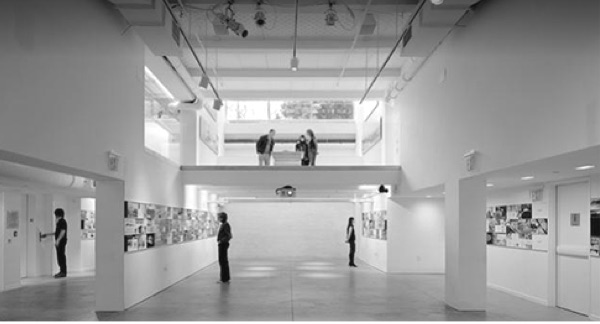by: Linda G. Miller
In this issue:
· Five New Projects for TEN Arquitectos
· Oak Room and Oak Bar at The Plaza Reopen
· A Piano Factory Changes Its Tune
· A School That Knows Its ABC’s, and Its G for Green
· First “Green” Affordable Mixed-Use Project in the Garden State
· A Passage Through India
Five New Projects for TEN Arquitectos
TEN Arquitectos is currently working on five new commercial and residential buildings in the city. This number includes the recently completed ONE York, an upscale, 32-unit residential condominium located at Sixth Avenue and Canal Street. The project is a sleek fusion of old and new. A crystalline shaft penetrates a pre-existing industrial loft building and rises to create a prow of glass and steel seven stories above it. Clinton Park, on 11th Avenue between 53rd and 54th Streets, is a 1.3-million-square-foot, mixed-use development with a 28-floor tower containing 900 apartments (20% inclusionary) a 25,000-square-foot health club, a Mercedes Benz showroom, market, and a 35,000-square-foot horse stable for the NY Police Department. The Habita Hotel Chelsea features a metal mesh façade and exterior glass elevator, which rises through a slender glass column. On the ground level is a brasserie and bar lounge, and the roof deck features a pool, bar, and garden terrace. Near Bryant Park, the Cassa Hotel, is a combination restaurant, bar, boutique hotel, and luxury condo that share a common triple-height lobby. The tower uses windows and a punctured rhythm to ornament the façades.
The firm is also working in Park Slope, Brooklyn, at 580 Carroll Street in Park Slope, a 30,000-square-foot condominium containing 17units. The project is set back and separated from the street by a 3,000-square-foot shared garden, introducing an element of country living to an urban site.
Oak Room and Oak Bar at The Plaza Reopen
The restoration and redesign of The Oak Room and adjacent Oak Bar at The Plaza Hotel in Manhattan has been completed by Selldorf Architects. The firm conducted a detailed restoration of the designated interior landmark room, including all of the original paneling, paintings, and moulding. Built by Plaza Hotel architect Henry Hardenbergh in 1907, the room features a Renaissance Revival interior that boasts a 24-foot ceiling with Flemish and English oak paneling, carved reliefs, and original oil frescos of Bavarian castles. The architects custom-designed almost every new element of the space, including personalized furniture and modern accessories, to evoke an atmosphere of chic, elegant, and sophisticated dining. Of particular note are the walls in the newly created private dining room, which have been covered in a curtain of woven copper fabric. In addition, new lighting suffuses the restaurant, and complementary colors of copper and oak set the theme throughout.
A Piano Factory Changes Its Tune
The Sohmer Piano Factory, a designated landmark on the East River in Long Island City distinguished by its prominent clock tower, has been converted into a 69-unit condominium designed by Caliendo Architects. The red brick building, designed in the German Romanesque Revival style by the architectural firm Berger & Baylies, was built in 1886. Now known as the Piano Factory, the lobby, detailed in mosaic tiles with piano key accents and an original Grand Sohmer piano, opens into a private circular driveway. The residence offers studios to three-bedroom homes designed by Penelope Kim Designs, with ceilings up to 12 feet high, many with private terraces or balconies facing Manhattan.
A School That Knows Its ABC’s, and Its G for Green
The New York office of HOK was commissioned by the School Construction Authority to design a new $52.5 million Public School/Intermediate School in South Jamaica, Queens. The 93,400-square-foot school is one of the first in the city built under the NYC Green Schools Rating System, and will accommodate approximately 625 students from Pre-K through eighth grade in 32 classrooms. The design scheme reflects the everyday activities experienced within the facility. In addition, the courtyard entrance will feature an outdoor kinetic art installation by artist Christopher Green. The school’s U-shaped form, complete with a welcoming court facing the street, will be defined by the five-story L-shaped Learning Block, filled with classrooms and a library, and the four-story Activities Block, housing the auditorium, gymnasium, and cafeteria. The two blocks will be distinctly patterned with vertical and horizontal symbols found in musical scores, geological strata, mathematics, science, and art. The interior walls and floors will integrate colorful linear strokes throughout. The school is scheduled to open in September 2011.
First “Green” Affordable Mixed-Use Project in the Garden State
GF55 Partners has completed Webb Apartments, the first 100% affordable, “green,” mixed-use building in NJ. Located in the heart of the Martin Luther King, Jr. redevelopment zone in Jersey City, the 58,740-square-foot building is a public-private partnership between the State of New Jersey, the City of Jersey City, and developer Genesis Companies. The five-story building contains 40 housing units and 8,000 square feet of retail space, and incorporates bamboo floors, low VOC paints, and low SONE exhaust fans. Webb Apartments has received LEED-Silver certification.
A Passage Through India
Lee Harris Pomeroy Architects (LHPA) has been selected to design the new East-West Metro Railway in Kolkata (formerly Calcutta), India. The new corridor will span 13.7 kilometers and include a tunnel under the Hoogly River. LHPA will be responsible for the design of six underground stations and for developing land use plans in the station areas. The project is part of a comprehensive initiative by the governments of India and West Bengal to modernize and expand its transportation system. Once completed, it will link suburban residential areas of Salt Lake and Howrah to the central business district. The new metro will connect with major rail terminals in Howrah and Sealdah, as well as an existing North-South metro line. Ferries, buses, surface rail, and taxis will also be accessible to the line. It will accommodate an estimated 480,000 passengers daily when fully completed in 2014. The firm’s other transit projects include the Union Square, MoMA, and Lincoln Center subway stations.


















